Worldwide, many efforts are being made to test people for the new coronavirus. But scientists are also looking at an unusual way of testing for the virus – studying water that’s been flushed down toilets.
When you pour something down the drain or flush it down a toilet in most cities, it goes into a sewer. This “sewage” or wastewater is then cleaned and treated so that the clean water can be used again.
But sewage also carries important information about what’s going on with the people who create it. Many diseases leave traces which show up in human poop and pee. In fact, signs that a person is fighting a virus or harmful bacteria can show up in their poop before the person even realizes they are sick.
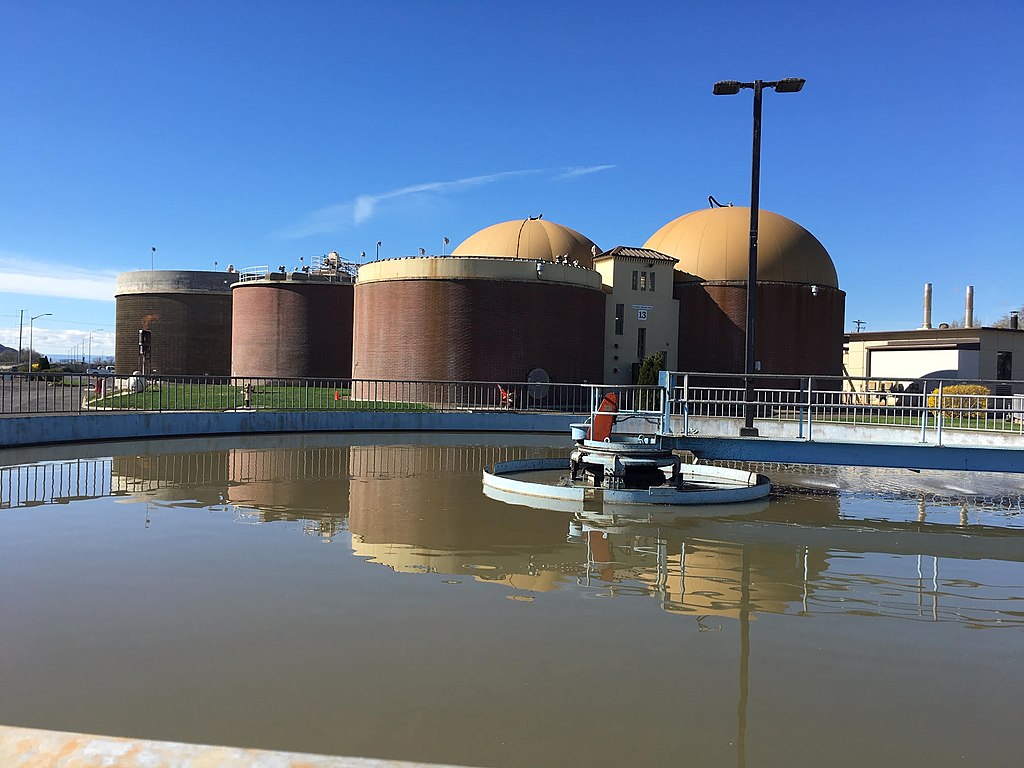
(Source: Steve Groom [CC BY-SA], via Wikimedia Commons.)
Scientists have known for years that they can learn a lot about a city’s diseases by studying its wastewater. As scientists have developed new ways of testing for diseases, that process has gotten simpler and more accurate.
In 2013, the Israeli government was able to respond to an outbreak of poliovirus after discovering it in wastewater. Recently, signs of a hepatitis A outbreak appeared in Detroit’s sewage almost a week before any cases were reported.
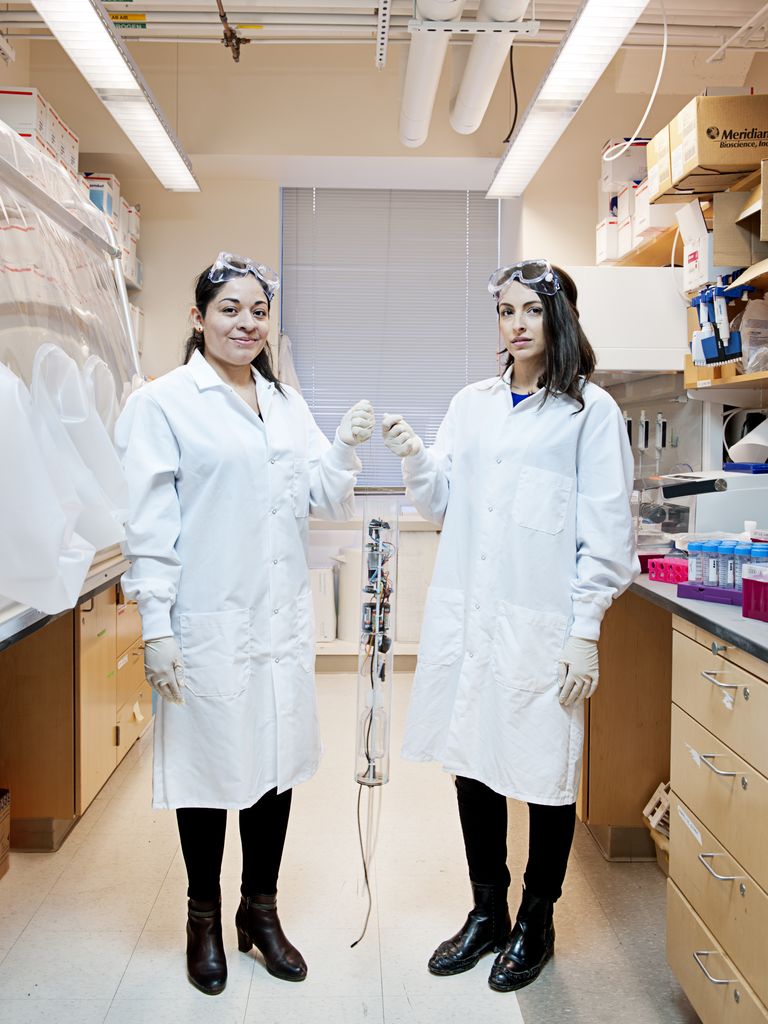
(Source: Biobot.)
“Sewage is a source of information on human health,” says Newsha Ghaeli. She’s one of the creators of Biobot, a company that studies wastewater. Biobot has now teamed up with several other organizations to use wastewater to study the spread of the coronavirus.
Tracking the spread of the coronavirus has been tricky. Because people can carry the virus without showing any signs of it, it’s hard to know how widely it’s spread. Often, by the time health experts realized there was a case or two in an area, the disease had already spread widely.
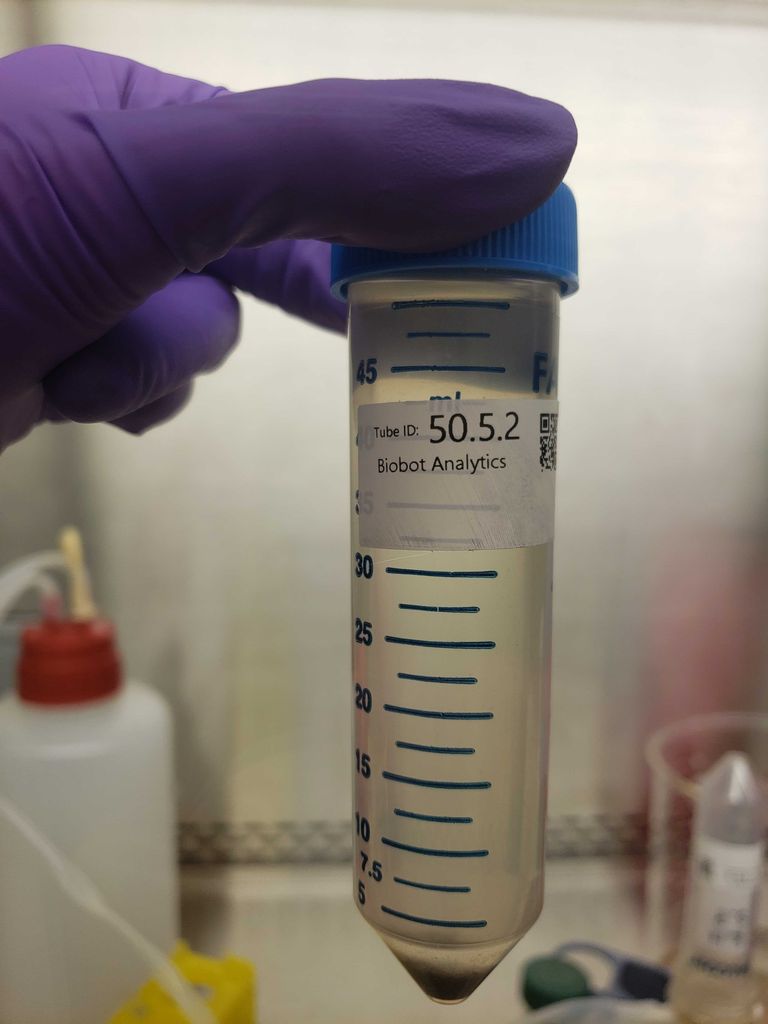
(Source: Biobot.)
Imagine if health experts could tell that the virus was spreading in an area before any cases were reported. Teams in the Netherlands, Australia, Sweden, and the US are working to make this happen.
To get a clear picture of how many people have COVID-19, lots of people need to be tested, including many who feel just fine. But because so many places don’t have enough tests, often the only people who get tested are those who appear to have the disease.
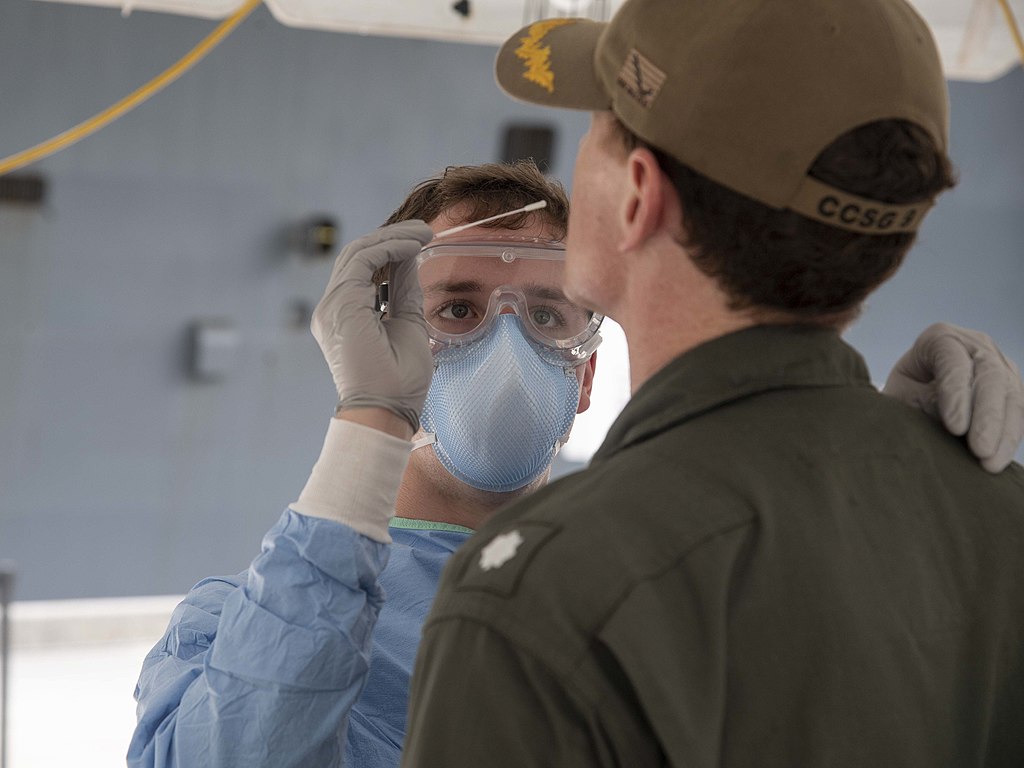
(Source: US Navy Medicine [Public domain], via Wikimedia Commons.)
That’s where testing wastewater can be useful. Sewage can’t give exact numbers, but based on the virus-related material they collect, scientists can make a good guess about roughly how many people have the virus.
For example, based on Biobot’s testing in Massachusetts, the company believes that many more people have the virus than are currently reported. Biobot is working with water companies in 40 states to collect more information.
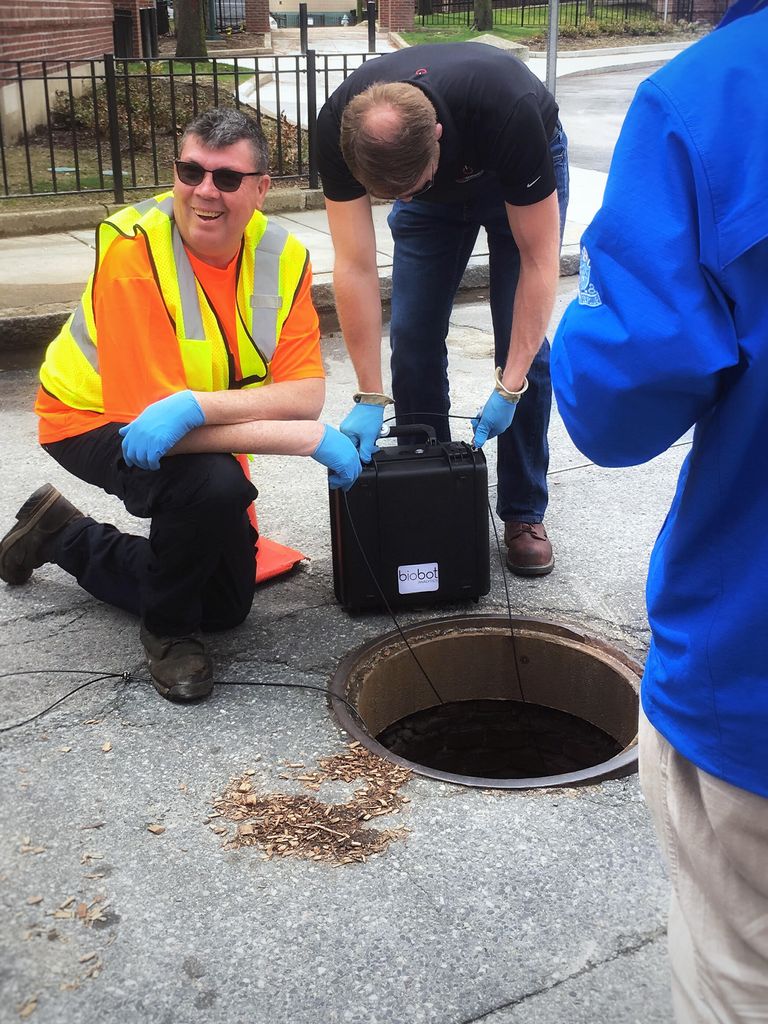
(Source: Biobot.)
With more detailed information, not just in the US, but around the world, scientists should be able to make more accurate estimates about the spread of the coronavirus.
This could be especially useful as cities, states, and countries begin relaxing lockdown rules. Keeping a careful eye on wastewater could give governments an early warning signal for outbreaks, which could save many lives.
